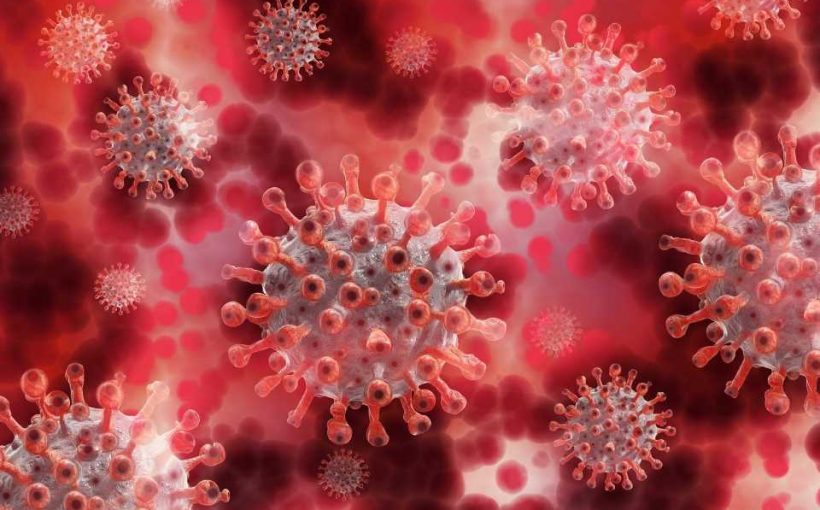
During the SARS-CoV-2 pandemic, multiple new and more transmissible variants of the virus have emerged. Understanding how specific mutations affect SARS-CoV-2 transmission could help us to better understand the biology of the virus and to control outbreaks.
This, however, is a challenging task, said John Barton, an assistant professor of physics and astronomy at the University of California, Riverside, who is presenting results from his research titled “Inferring the Effects of Mutations on SARS-CoV-2 Transmission From Genomic Surveillance Data” at the American Physical Society’s March Meeting.
“Existing computational methods to study this problem tend to either be difficult to apply to large amounts of data or rely on very restrictive assumptions,” Barton said. “Experiments can also provide excellent information about how different mutations affect the virus, but they can’t be used to directly study SARS-CoV-2 transmission in humans.”
Barton and his colleagues developed a new computational method to solve this problem by applying techniques from statistical physics mathematical models in epidemiology. Their method allows them to look at genomic surveillance data—SARS-CoV-2 sequences collected from infected individuals—over time and across many regions throughout the world, and to find the effects of different mutations on SARS-CoV-2 transmission that best explain the observed evolutionary history of the virus throughout the pandemic.
“A few novel features of our method are that it can account for the travel of infected individuals between regions, which most other models are unable to do, and that the physics-based methods that we use allow us to write down an exact mathematical expression for the transmission effects of different mutations, rather than relying on numerical simulations to estimate these parameters,” Barton said.
After validating their method on simulations, Barton and his colleagues applied it to more than 1.6 million SARS-CoV-2 sequences from the GISAID database, which were collected from 87 geographical regions.
“Much research has focused on mutations in the spike protein of SARS-CoV-2, and our analysis supports this emphasis on Spike as a main driver of SARS-CoV-2 transmission,” Barton said. “About half of the most impactful mutations that we find are in Spike, including three of the top four mutations. However, we also find multiple mutations outside of Spike that appear to strongly increase the transmission of the virus. Some of these may make good targets for future experiments to understand how different mutations affect SARS-CoV-2 function.”
Barton explained that their method is also sensitive enough to reveal benefits to SARS-CoV-2 transmission for mutations that were previously assumed to be neutral. His team is also able to detect some increased transmission for major new variants such as alpha and delta very rapidly, within a week of their appearance in regional data. The data set the team considered when writing the paper did not include sequences from the omicron variant because the data was only collected up until August of 2021.
Source: Read Full Article
